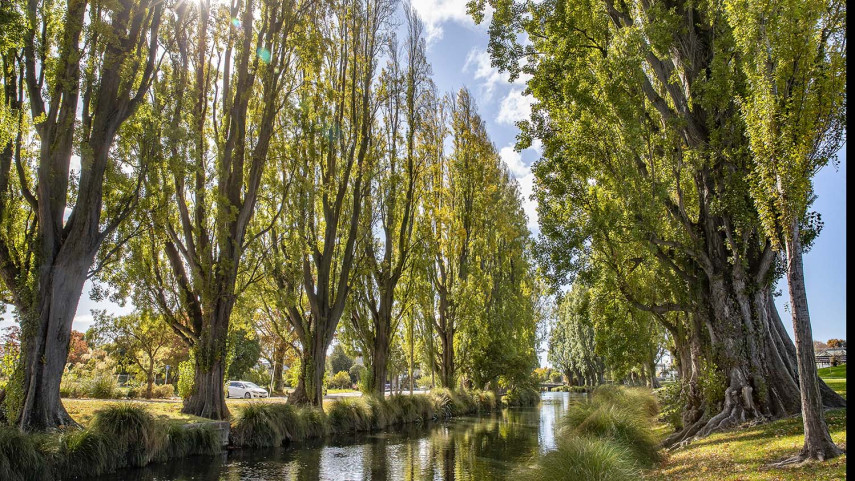
Tree maintenance: Frequently asked questions

Share this story
We answer questions about tree maintenance in Christchurch.
How does Christchurch City Council assess the health of its trees it is responsible for?
We use industry best practice for assessing and managing our trees. The Council has a regular maintenance programme for managing its trees which includes an assessment of tree health. When assessing the health of an individual tree, the Council has an evaluation system to rate the overall condition and associated risks, and considers whether maintenance and/or removal is required.
If issues associated with tree health or structure are identified, the Council then uses internationally recognised risk assessment methods to identify the appropriate response.
What happens if I am worried about a tree?
We often receive customer service requests if a member of the public has concerns about a particular tree. If concerns like this are raised, we will note if the concern is urgent. Urgent concerns are dealt with as soon as possible, and within 48 hours. Other concerns are usually dealt with within 20 working days. In any case of concern, an arborist will be sent to assess that tree.
Are there any concerns about trees being at risk of falling over?
We acknowledge that trees are a natural product that on rare occasions do fall over. Inevitably there will always be a degree of risk but this remains extremely low and our inspection and maintenance programmes are designed to manage this.
Which trees are Council responsible for?
The Council is not responsible for trees on land owned by others – for example, private trees, or trees on state highways.
When do we remove trees?
The Council has a Tree Policy to determine when a tree is removed. Trees that are dead or structurally unsound will be removed. In some circumstances, a dead tree may be retained for ecological purposes, as long as it doesn’t pose an unacceptable risk to the public or property.
Can branches fall from healthy trees?
Branches can fall from healthy trees, but this is rare and it’s even less likely that someone or something will be injured or damaged by them when they do. We try not to manage trees with this in mind, but rather what is most likely to happen. In the vast majority of cases, what’s most likely to happen is that the branch will not fail and the tree will continue to provide us with a benefits we can all enjoy.
How safe is it to walk through the gardens, even on days with no wind.
Trees are a natural living, dynamic organism. The risk associated to injury is inherently low. However, that does not mean that the risk is nil. In adverse weather events, the risk will increase for branch or tree failure.
What about bad weather events? Is there a higher risk?
The risk of branch and tree failure in adverse weather events is higher than at other times. At times like this, we advise the public to take a sensible approach and consider where they walk, taking note of trees around them. If there is a weather event that causes people to be concerned about a particular tree, they can let the Council know.
Are people at risk when they sit or walk under trees on Council land?
The risk associated with trees is inherently low. We reduce this risk further through regular inspection and maintenance. As harm or damage from tree and branch failure is rare, when this does occur, it can naturally cause concern for the public. The Council does however regularly inspect trees for risk to the public and our staff. The Council carries out the appropriate and proportionate amount of pruning and removals to ensure that people are not put at undue risk from trees. It is also worth noting that people receive health benefits from going to Council parks and gardens, and being amongst the trees.
We have also been asked the following questions with regard to the incident in Hagley Park. Responses have been withheld under the Local Goverment Official Information and Meetings Act:
- Copies of all discussions regarding the fatality of the TreeTech staff member at Hagley Park on Monday, May 22.
- Reports on the health of the tree in question.
- When was the last time the tree in question was checked?
- What was the health of the tree at the site of the fatality?
- Were there any concerns about it?
- What type/species was the tree in question?
- How old was the tree in question?
- Was the intention to fell the entire tree or just prune some of the branches?
- If the tree was deemed to be unhealthy and needed to be felled, were normal protocols followed in order to do the work?
- How many people work on a tree of this size if it is deemed to be unhealthy and is to be felled?
